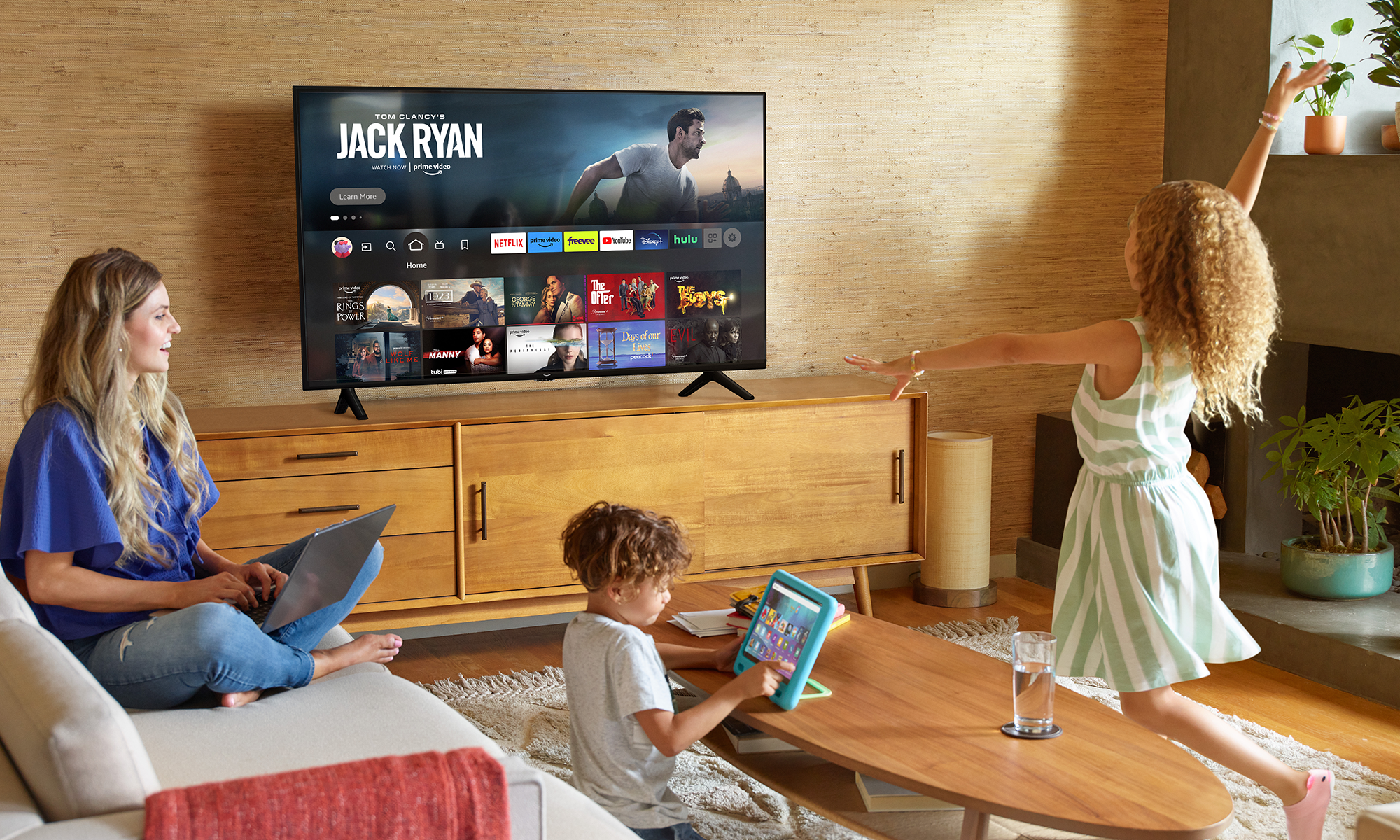Amazon (NASDAQ: AMZN) has put considerable effort into refining and perfecting how it delivers packages to customers. The company has invested heavily in building shipping warehouses around the country that are manned partly by robots. Amazon has even spent big on developing predictive technology, so it can prepare orders before a customer actually places it.
In addition, the online retail leader has pushed the envelope developing even faster shipping methods. It offers free two-day delivery on millions of items to its Prime members (who pay $99 a year for the service), and in limited markets, it has same-day and even two-hour delivery. Amazon even has a deal with the United States Postal Service for Sunday service, and it's leading the charge to make dropping off packages using unmanned drones both possible and legal.
If there's a way to get items from the warehouse to the customer faster, it's likely that the online retailer is investigating the option. Its latest innovation, which it's testing in its home market of Seattle, borrows a bit from a service that was created to move people around faster and more efficiently.
Amazon's latest delivery experiment, Flex, borrows heavily from Uber, and if it works will turn anyone with a car into a potential Amazon driver.
What is Amazon doing?
Amazon has quietly launched Flex in Seattle, and it's also recruiting drivers in New York, Baltimore, Miami, Dallas, Austin, Chicago, Indianapolis, Atlanta, and Portland. The company has also solicited drivers in other markets to sign up in advance of launching outside those initial cities. The company explained the opportunity on a web page for the new service:
Make $18–25/hr delivering packages for Amazon with your car and smartphone. Be your own boss: deliver when you want, as much as you want.
It also detailed what it required in order for someone to be selected for the position.
We are looking for drivers who are at least 21 years old and have a car and a valid driver's license. You will also need an Android phone and will need to pass a background check. We'll provide access to the app and opportunities to deliver.

The company explains the service in a very simple graphic. Source: Amazon
This is a good idea, maybe
Uber has proven that a flexible workforce mixing part-timers and full-timers working on an as-needed basis can work very well. There is no reason to believe the same model won't work for Amazon, and that should be very good for customers.
The challenge here is making this system work economically. Even if Amazon charges around $4 per package (which is in line with what it has charged for other express delivery experiments), each driver would need to make roughly five deliveries in an hour for the company to break even.
For that to even be possible, the retailer will be a critical mass of users placing orders for delivery in the same time frame. In the beginning, it seems very likely that Amazon will lose money on Flex, which is typical when a company launches a service of this magnitude.
If Amazon can get enough customers in a concentrated geographic area using Flex, it could pay off. That would be an impossible task for nearly any company, but Amazon has hundreds of millions of customers and extensive data on ordering patterns. It knows a lot about when customers in certain markets need various items, and it should be able to use that data to make this new service more efficient.
It's a piece of a puzzle
Flex is clearly not an overall solution for same-day, one-hour delivery. In rural and even suburban markets, it likely will not make sense due to population density. Instead, the Uber-like service is another arrow in Amazon's growing quiver of delivery solutions. It won't work in all cases, and its actual use could end up being very limited, but it's another step toward Amazon solving its broader delivery puzzle.






